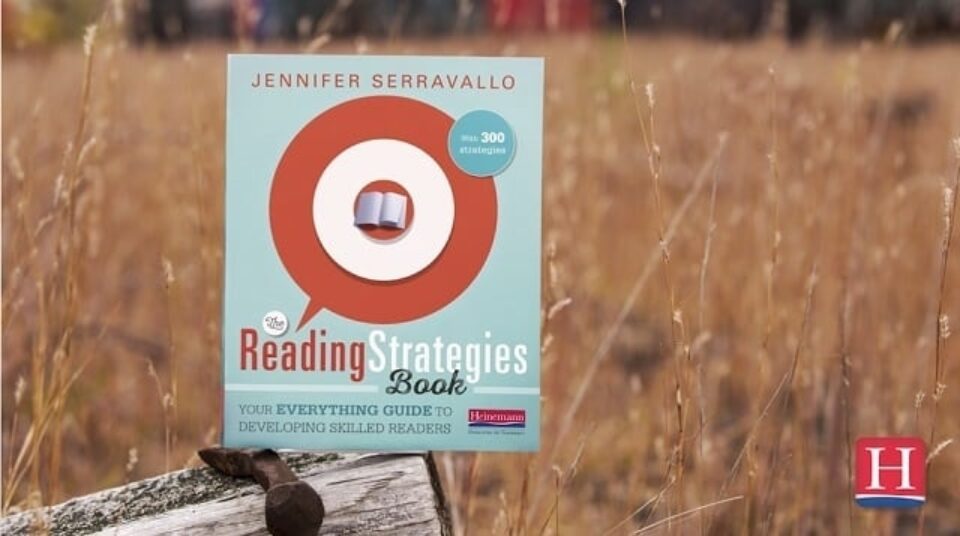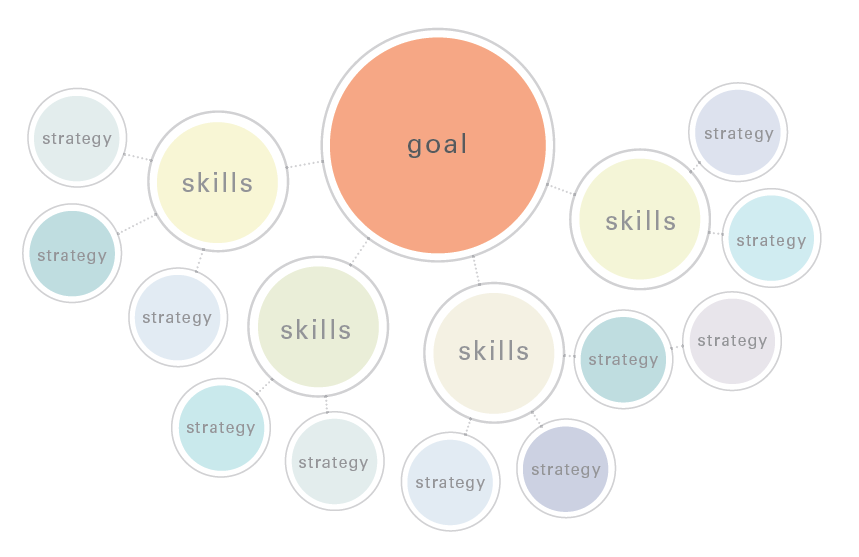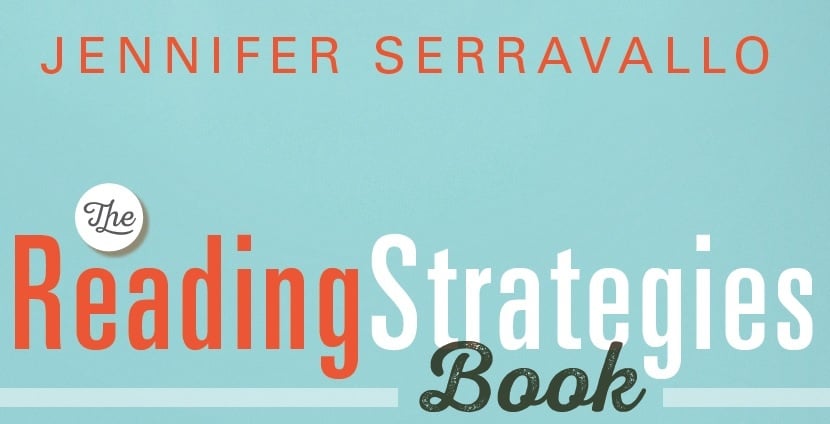
What does strategies mean to teachers anyway? In any given conversation it could mean, well, nearly anything!
In EdSpeak: A Glossary of Education Terms, Phrases, Buzzwords, and Jargon, Diane Ravitch defines a strategy as:
A plan or tactic to solve a problem or carry out a decision. In education, a strategy refers to almost everything that a teacher or a student does in the classroom—asking a question, reading a story, figuring out the meaning of a word, planning the next day’s lesson, and so on.
Strategies can even be nested within strategies—like instructional strategies for teaching the metacognitive comprehension strategies. It’s also not uncommon for a strategy to be conflated with the skill it develops.
Jen Serravallo’s Reading Strategies Book will ship in May (click here to view savings on prepublication orders), and it offers 300 instructional strategies for teaching reading. But what does she mean by strategy? Well, she’s talking about a process you give to a reader to help them make progress and increase their capabilities. In the book’s introduction, she writes:
For me, good strategies are like my favorite recipes; they teach you how to accomplish something that is not yet automatic in a broken down, step-by-step manner. I wouldn’t ever tell a novice cook to just “whip up a soufflé!” without telling her how, just as I wouldn’t tell a reader “think beyond the text!” if I saw he wasn’t yet able to do it independently.
Researchers, authors, and theorists use the terms skill and strategy differently. To me, strategies are deliberate, effortful, intentional, and purposeful actions a reader takes to accomplish a specific task or skill. A reading strategy is step-by-step, a procedure or recipe. Strategies make the often-invisible work of reading actionable and visible. Teachers can offer strategies to students to put the work in doable terms for those who are still practicing, so that they may become more comfortable and competent with the new skill.
In The Reading Strategies Book, Jen shares this really helpful, infographical way to look at the whole question of how she thinks about strategies and where they fall in a hierarchy of instructional terms.

Within each goal, there may be one or more skills that a reader would need to work on. For example, if a student is working on a goal of understanding character, that may involve inferring (reading between the lines to name traits and/or feelings) but also synthesis (putting together information across a book to determine how a character changes). Once you’ve identified the skills, you can find specific strategies to accomplish those skills.
Ultimately strategies are for releasing responsibility to readers, Jen writes, because, “Strategies are a means to an end, not an end unto themselves. The strategy is a temporary scaffold, and like any scaffolding it needs to be removed.”
That’s one helpful way of looking at strategies. Let us know in the comments about the various ways you use the word and what it means for your teaching… and learning!
Visit our official The Reading Strategies Book page
 Jennifer Serravallo is the author of the New York Times bestseller The Reading Strategies Book and The Writing Strategies Book, which have been translated into Spanish, French, and Chinese. These and her other popular books and resources help teachers make goal-directed responsive strategy instruction, conferring, and small group work doable in every classroom. Her newest titles are Teaching Writing in Small Groups, A Teacher’s Guide to Reading Conferences, Understanding Texts and Readers, and the assessment and teaching resource Complete Comprehension for Fiction and Nonfiction.
Jennifer Serravallo is the author of the New York Times bestseller The Reading Strategies Book and The Writing Strategies Book, which have been translated into Spanish, French, and Chinese. These and her other popular books and resources help teachers make goal-directed responsive strategy instruction, conferring, and small group work doable in every classroom. Her newest titles are Teaching Writing in Small Groups, A Teacher’s Guide to Reading Conferences, Understanding Texts and Readers, and the assessment and teaching resource Complete Comprehension for Fiction and Nonfiction.
Jen is a frequently invited speaker at national and regional conferences and travels throughout the US and Canada to provide full-day workshops and to work with teachers and students in classrooms. She is also an experienced online educator who regularly offers live webinar series and full-day online workshops, and is the creator of two self-paced asynchronous online courses, most recently Strategies in Action: Reading and Writing Methods and Content.
Jen began her career in education as an NYC public school teacher. Now as a consultant, she has spent the last fifteen+ years helping teachers across the country create literacy classrooms where students are joyfully engaged, and the instruction is meaningfully individualized to students' goals. Jen is also a member of Parents Magazine Board of Advisors for education and literacy.
Jen holds a BA from Vassar College and an MA from Teachers College, where she has also taught graduate and undergraduate classes.
Learn more about Jen and her work at Hein.pub/serravallo, on Twitter @jserravallo, on Instagram @jenniferserravallo, or by joining The Reading and Writing Strategies Facebook Community



